Setting
up an email account in Outlook 2013
This guide takes you step-by-step through the process of setting up a new email account in Outlook 2013 or 2016
If the Mail account is already set up, but giving errors – then contact us on 021 914 7755.
Replace example.com with your domain name
Auto Account Setup (recommended)
New email account setup with Outlook is quick and easy using the Auto Account Setup option.
- Launch Outlook
- Select File on the top left menu bar
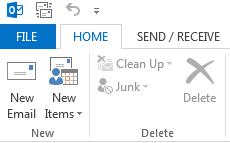
- Select the Add Account button in the middle of the screen
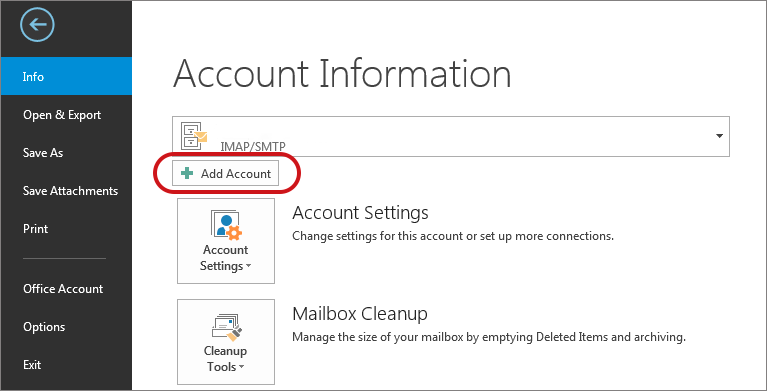
- Enter your details on the Auto Account Set-up screen > Next

- The following warning messages may appear > Allow
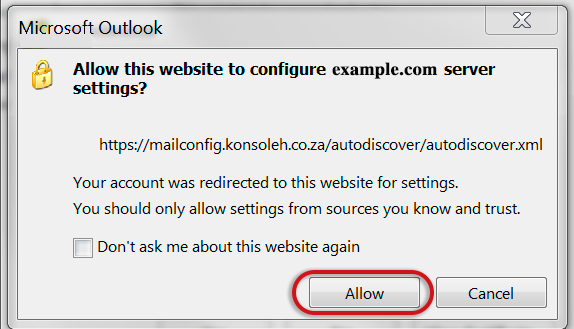
- Choose > Yes
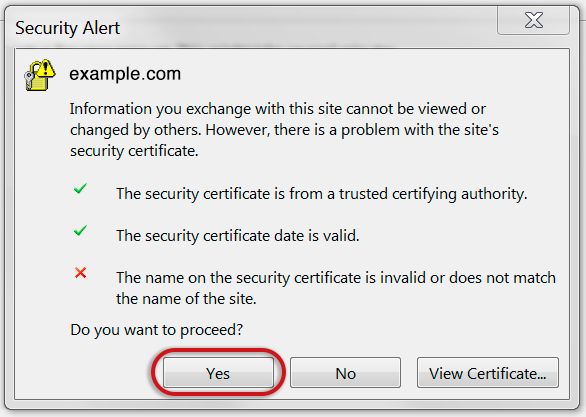
- Outlook will now automatically configure your account as an IMAP account with all the correct settings.
That’s it!
If this option fails for some reason, try the Manual Account Setup below.
Manual Account Setup
If you prefer to use POP, you will need to set up the account manually:
- Launch Outlook, choose File > Account Settings > Add Account (as above)
- Choose Manual Setup or additional server types > Next

- Select POP or IMAP > Next
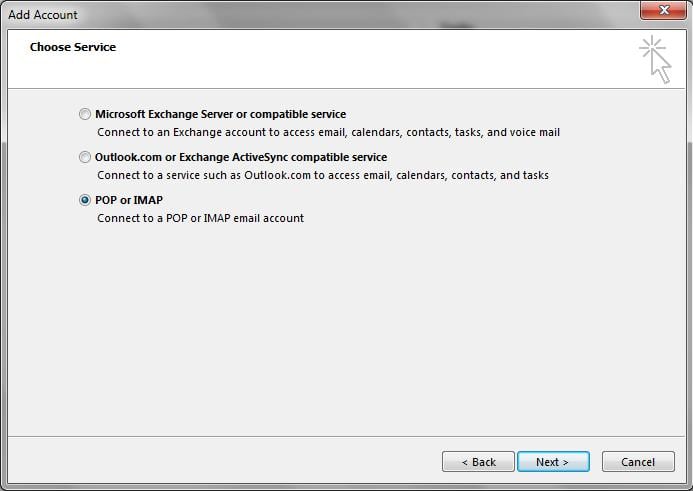
Account settings
- Enter all the relevant details (POP or IMAP) and then select the More Settings… button.
- Outlook will auto-fill your User Name – please ensure you fill in your entire email address as the username
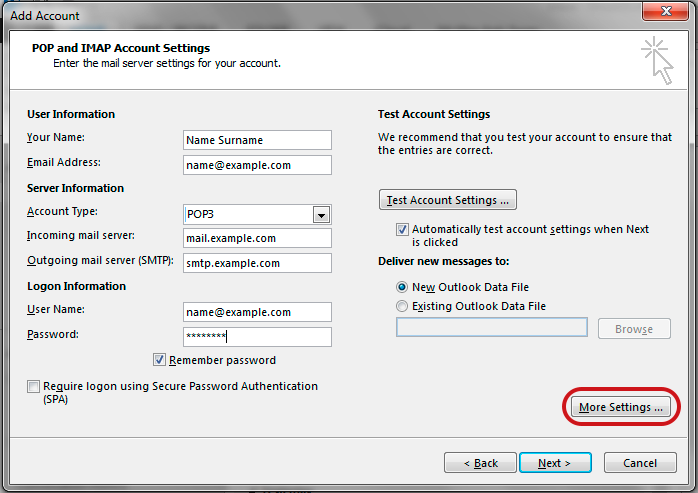
Check Outgoing Server settings
- Select the Outgoing Server tab
- Ensure that the My outgoing server (SMTP) requires authentication checkbox is ticked
- Ensure that you have selected Use same settings as my incoming mail server
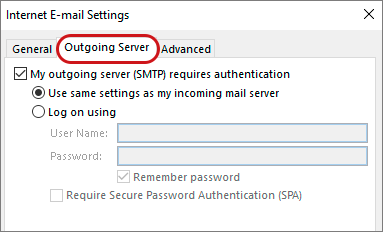
Check Advanced SMTP settings
- Select the Advanced tab and ensure that your settings are as below for either IMAP or POP:
IMAP port settings
- Incoming 143, outgoing 587
- Not ticked: This server requires an encrypted connection (SSL)
- Use the following type of encrypted connection is None
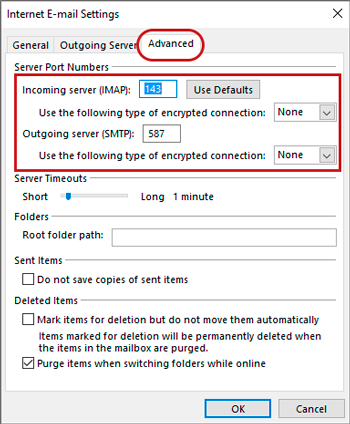
POP port settings
- Incoming 110, outgoing 587
- Not ticked: This server requires an encrypted connection (SSL)
- Use the following type of encrypted connection is None
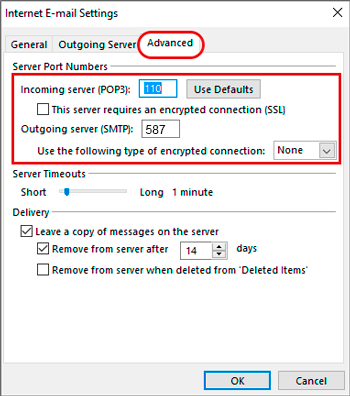
- Click OK and then Next.
- Let the test complete and then click Close
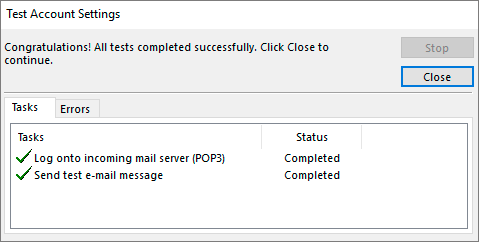
You’re all set! > Finish










